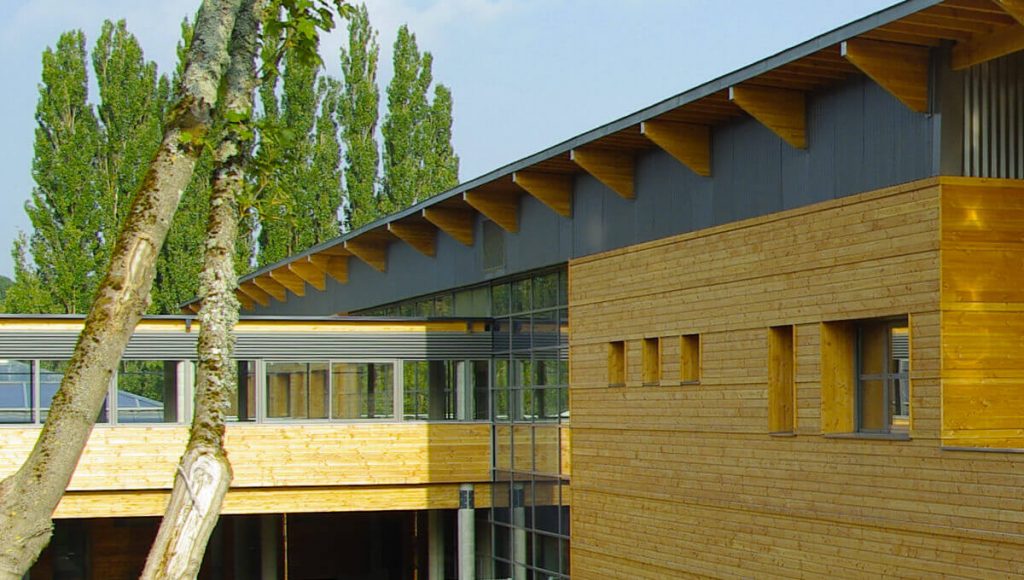
© VINCI Energies
The buildings of the future will not only consume less energy – they will also reduce their carbon footprint.
Until recently, the building industry’s contribution to environmental protection was essentially limited to the High Quality Environmental (HQE) Standard, which focuses on buildings’ energy use. In early July, the French Ministries for the Environment, Energy, and the Sea and for Housing and Sustainable Habitat complemented the HQE standard with a carbon-energy label that takes into account CO2 emissions.
Positive energy and low-carbon-emission
As Emmanuelle Cosse, the Minister for Housing and Sustainable Habitat, stated when the label was launched, this approach “is designed to bring together the issues of positive energy and low-carbon-emission buildings.” Positive energy measures the difference between buildings’ consumption of primary, non-renewable energy and the energy they produce.
Measuring a building’s carbon footprint is a matter of adding the carbon emissions of each of the building’s components, that is, the quantity of CO2 released in producing, transporting, and implementing these components. A lighting fixture has a given carbon value. A wood structure’s carbon value is different from a concrete structure’s carbon value. The carbon footprint of wood is three times smaller than that of concrete.
Wood is emblematic of carbon reduction, a cause that players in the building industry are encouraged to adopt
“Carbon is becoming a critical consideration,” states Arnaud Scalbert, Director in charge of the animation of Service Sector Network, VINCI Energies, underscoring the advances made in the use of wood. The seven-storey Perspective building in Bordeaux, set for delivery in 2018, is a wood construction, making it the tallest such structure in France – that is, until a seventeen-storey building project is completed.
The use of wood, which is an imaginative option, is still a marginal practice in office construction and development, but it’s not rare. Wood is emblematic of carbon reduction, a cause that players in the building industry are encouraged to adopt.
Though the carbon-energy label is still at an experimental stage, it could be awarded as early as autumn 2016 to companies wishing to engage in exemplary practices. “Due to its positioning as a supplier in the technical finishing phase, VINCI Energies is not at the forefront of projects, but we can still be proactive on this matter,” asserts Arnaud Scalbert. In his view, the inclusion of the carbon label in buildings’ thermal regulations represents an opportunity to “help our clients stand out from the competition” and “allows us to work closely with them” to include this new expertise into the building life cycle.
12/10/2016


